Meet C. Z. Guest: Truman Capote’s Swan Who Became an Icon of American Style
- Oops!Something went wrong.Please try again later.
- Oops!Something went wrong.Please try again later.
- Oops!Something went wrong.Please try again later.

If you purchase an independently reviewed product or service through a link on our website, WWD may receive an affiliate commission.
Lucy Douglas “C. Z.” Cochrane Guest was described by John Fairchild, publisher of WWD, as a ”Southampton, Long Island American, Ivy League blond.” With her ash blonde hair, fair skin and light blue eyes, at first glance one could mistake her for another patrician beauty, the actress turned princess, Grace Kelly.
More from WWD
Fashion Photographer Sarah Moon Works and Shoots on the Edge
Coach's New Tabby Shoulder Bags Embrace the Pastel Trend Just in Time for Spring
The 23 Best Puffer Jackets for Women to Wear Right Now, According to Experts
Considered by many outlets and admirers the epitome of WASP-y beauty, Guest lived her life by defying convention, collecting many hats to wear in a long life as an artist’s muse, fashion designer, decorated equestrian, and author. FX’s series “Feud: Capote vs. the Swans” casts the ultimate cool-girl Chloë Sevigny as the Bostonian blonde, one of the few Capote “Swans” unburned by his explosive novel “Answered Prayers.”
Related: Who Was Babe Paley?
Early Life
Born February 19, 1920 as Lucy Douglas Cochrane to an elite, Boston Brahmin family of blue bloods, she was one of five children, affectionately nicknamed “Sissy” by her brother — a nickname she would later transform into the moniker “C. Z.” As a child, Guest would begin to sow the seeds of a lifelong interest in botany, gardening, and horseback riding, following the family gardner at her childhood Beacon Hill home as they worked. From age six on, Guest was trained by champion riders and competed in national horse shows.
Considered polite, but cool if not reserved, Guest was educated privately by tutors before graduating from the Fermata School in South Carolina.
Like other women of her day in her society circle, Guest made a society debut in 1937 to much fanfare, like her fellow Bostonian Swan Babe Paley three years earlier. Held at her family home in Beacon Hill, Guest’s debut was Paris-themed, and the debutante wore a Lanvin dress.
Following her debut, the beautiful blonde continued to dominate the New England social scene, winning the title of glamor girl of the Massachusetts North Shore in 1939. In 1943, Guest appeared in the pages of Vogue magazine, photographed wearing a black tulle gown. It will be the first but certainly not the last time the blonde appears in the magazine’s pages.
This, and other encouragements prompted Guest to pursue a career in entertainment, making several stage appearances as a showgirl. Her ambition took her all the way to Hollywood, receiving a seven-year contract with 20th Century Fox. However, this would only result in a six-month stint as a student at the studio school.
Later, she’d recount, ”My ambition was to be a successful enough actress to get myself thrown out of the Social Register… I had no talent at all but I enjoyed every minute of my experience.”
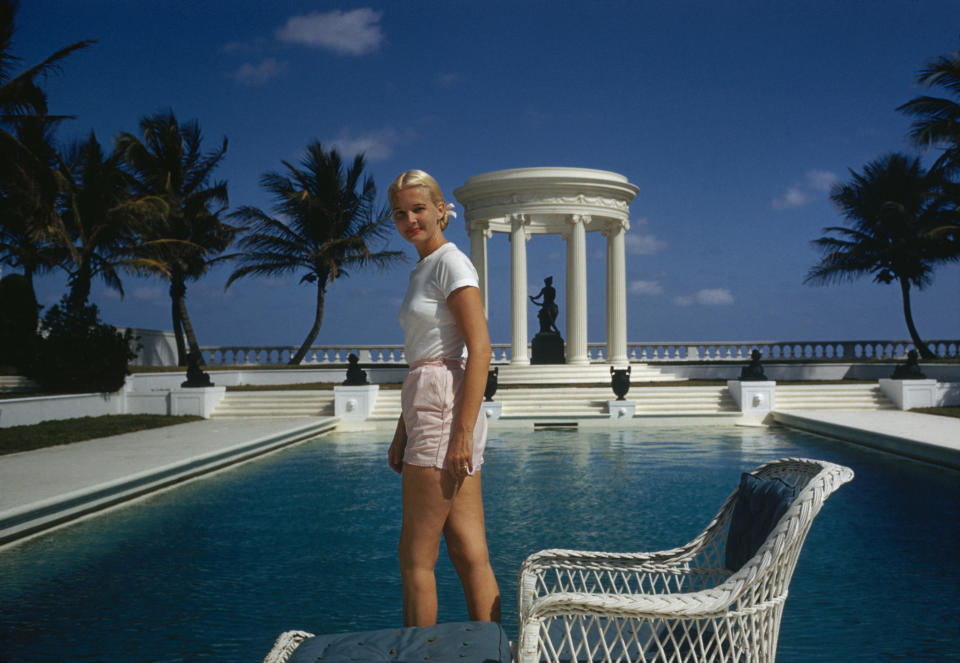
Art and the Muse
Following her short-lived Hollywood ambitions, Guest would take a life changing trip to Mexico, where the vibrant culture and artistic scene would transform the beauty’s life. A meeting with the artist Diego Rivera would result in him painting her nude, a move that she fondly recalled, “He was very nice. And I became famous.” Throughout her life, Guest would often be painted by artists such as Salvador Dalí, Kenneth Paul Block, and Andy Warhol. Guest is also immortalized as the subject of myriad Slim Aarons photographs.
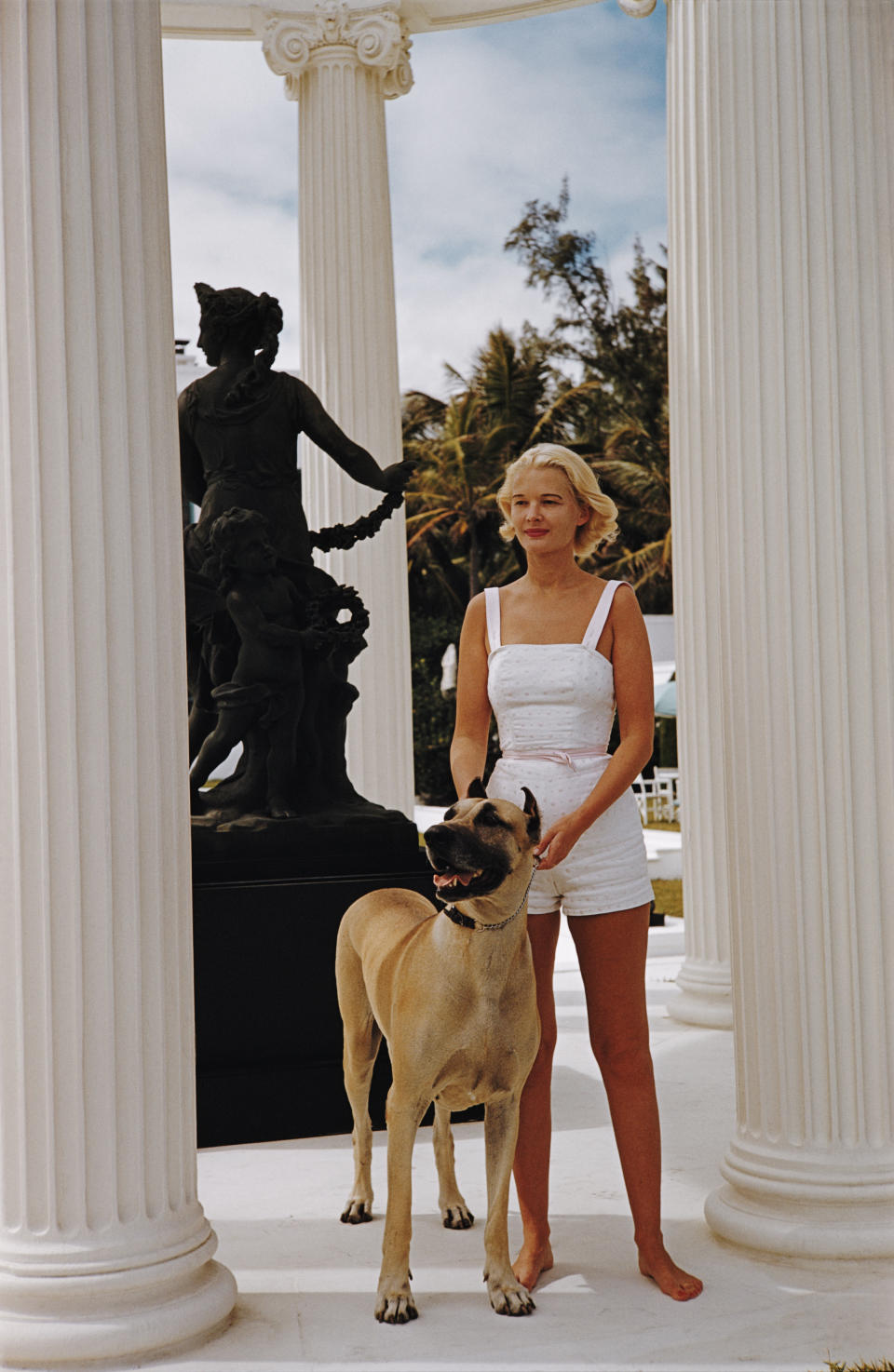
Marriage
Despite her fun times on stage and as a model for artists, Guest, according to friends, craved homes, horses, and an advantageous marriage. Unlike her other swan counterparts, Guest was only married once. After meeting in 1944, Guest married the dashing polo player Winston Frederick Churchill Guest, an heir to the Phipps steel fortune and a second cousin of Winston Churchill. As she would later say, “I was absolutely crazy about him. My God, he was devastating.” The 1947 ceremony in Cuba was hosted by the best man, Ernest Hemingway, at the author’s private home in Havana.
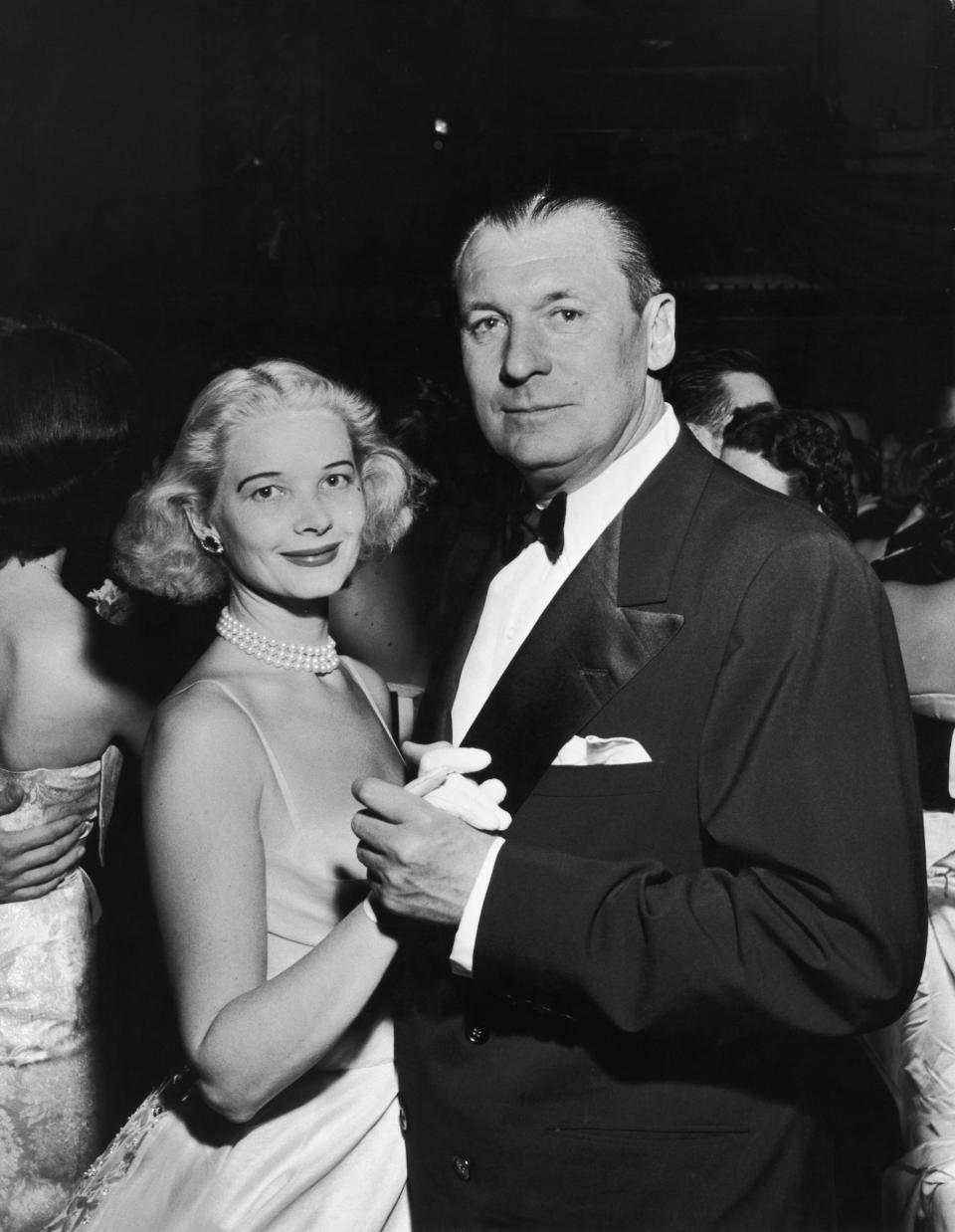
Both lovers of horses, the Guests owned several racing stables — an interest that their daughter Cornelia Guest, later dubbed by the press as a “Deb of Year,” continues to pursue with gusto. C. Z. Guest often competed in leading horse shows, with stables in Middleburg, Virginia, and Chantilly, France, but still found time to dazzle at society parties. In 1953, C. Z. Guest famously recreated the “Shall We Dance?” scene from the Broadway show “The King and I” with its star, Yul Brenner, at a private party. Her marriage to Winston Guest, an Anglo-American with deep ties in both Britain and America allowed C. Z. Guest the opportunity to freely associate with royals and her typical society set. Famously, her friendship with the Duke and Duchess of Windsor resulted in them being godparents to her two children. The Guests divided their time mostly between their home in Palm Beach and in Long Island, where the space allowed for them to cultivate their interests in gardening and horses.
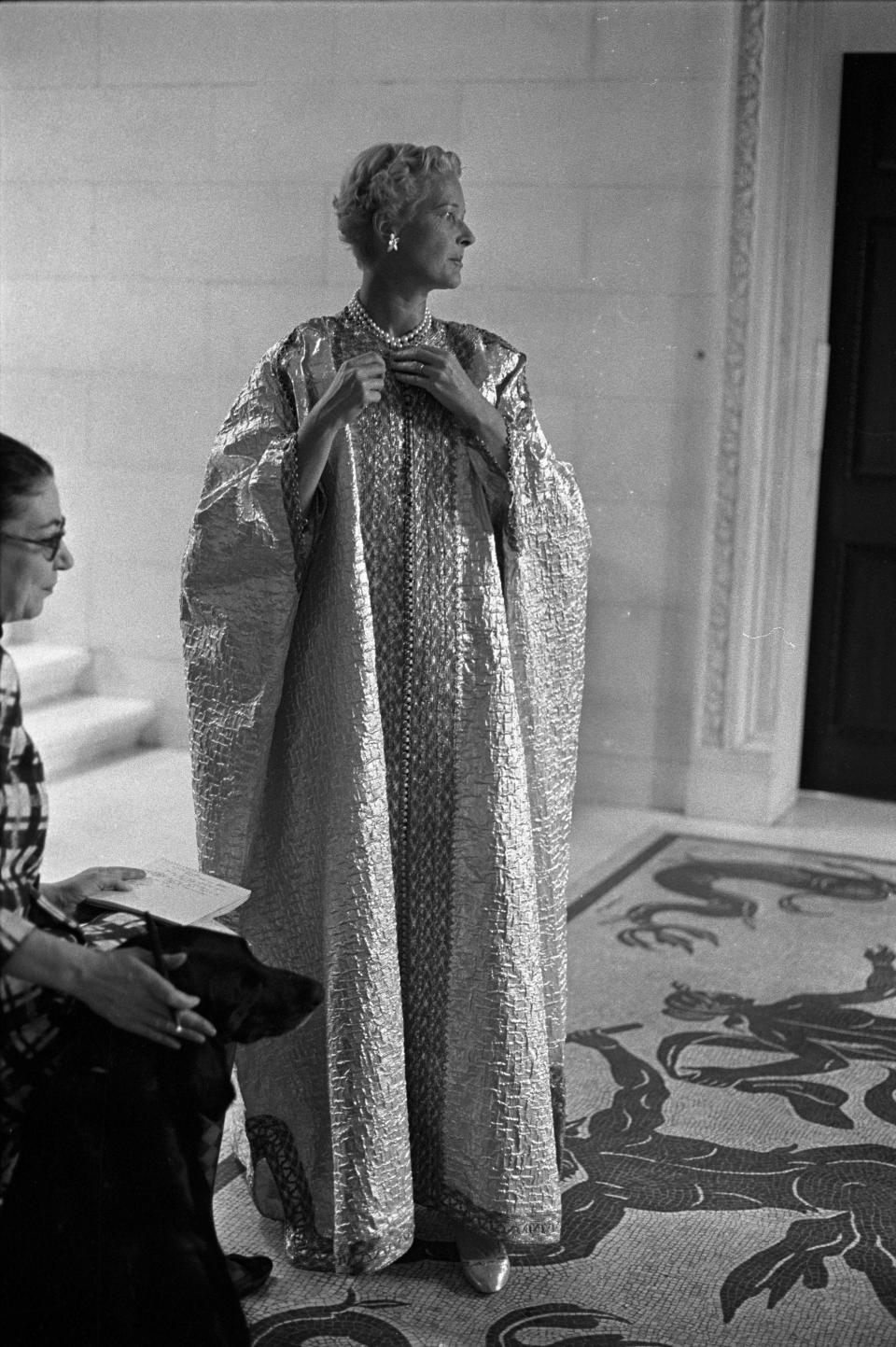
A Life of Style
Known for her clean lines and creating a sense of style that catered to her hobbies and lifestyle, C. Z. Guest often forewent fussy, excessive pieces in favor of equestrian-inspired outfits, forming an outdoorsy, easy look that went against the perfectly manicured and coiffed looks of the day.
Famously, C. Z. Guest was described by John Fairchild in his book “The Fashionable Savages” as someone who “looks best wearing something so simple another lady wouldn’t dare. Many women make their grand entrance at Lincoln Center looking like exotic orchids dipped in diamonds and paint, while Mrs. Guest walks briskly down the aisle in a pale cream cardigan suit.”
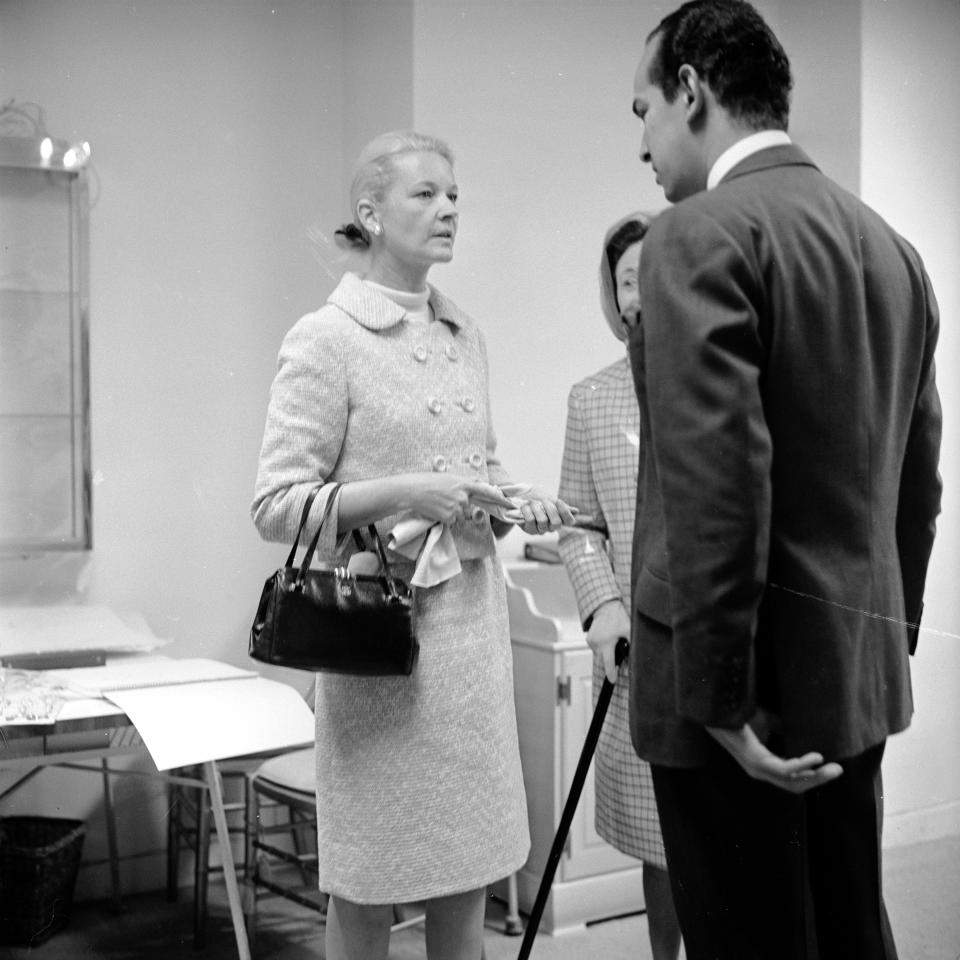
In 1962, C. Z. Guest covered Time Magazine, photographed in riding gear, where the title reads, “A Legend in Her Own Time.” As one of many covers, C. Z. was admired for her lifestyle, looks and style, all qualities that entranced readers. Referred to by Capote as “cool vanilla lady,” C. Z. Guest preferred to err on the side of caution in her relationship with Capote.
This would prove smart for her, as in 1975, “La Côte Basque, 1965” was published in Esquire, a chapter from Capote’s unfinished book, “Answered Prayers.” The excerpt would freely reveal the sordid details of women Capote came to dub as swans, exploiting deep, painful confessions shared in confidence for the sake of art. Capote assumed his subjects wouldn’t recognize themselves, a mistake that would result in high society social suicide for the author. C. Z. Guest was not mentioned, and therefore continued to maintain a relationship with Capote.
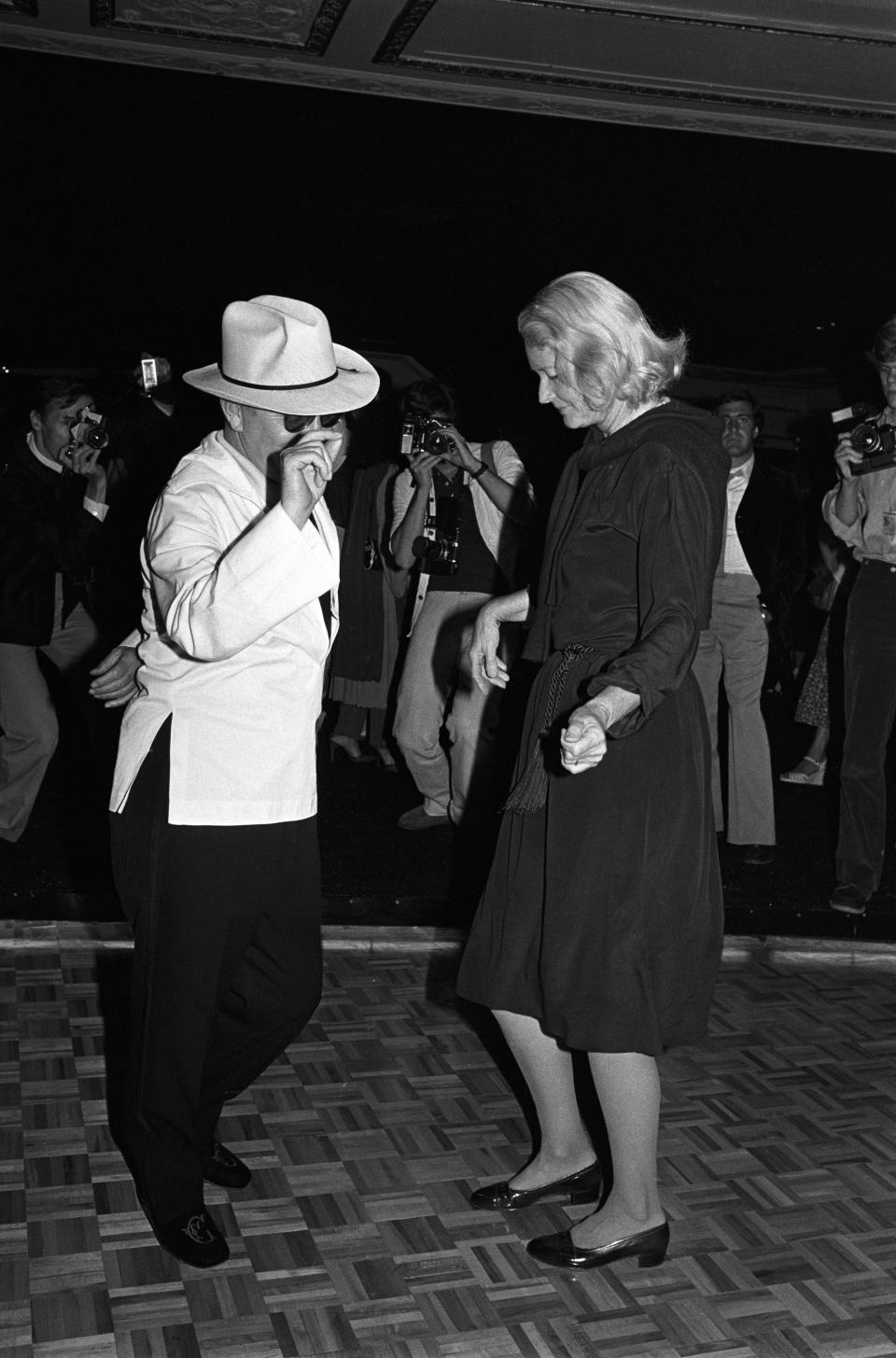
Better Homes and Horses
Following a riding accident in 1974, C. Z. Guest had a stroke of inspiration. After offering gardening advice to friends and family while recovering, C. Z. Guest had a conversation with Diana Vreeland, who encouraged her to turn the notes into a book. With illustrations from Cecil Beaton and a forward by Capote, C.Z. Guest’s “First Garden” book began a new career path for socialite. C. Z. Guest would eventually parlay her love of gardening into a syndicated weekly column called Around the Garden that appeared in 350 newspapers, and went on to author a children’s book. In addition to writing, C. Z. Guest also famously designed a limited collection of cashmere sweaters, saying “I will only sell what I like to wear.” Additionally, she designed a lilac gardener’s jumpsuit, to be sold at Altman’s.
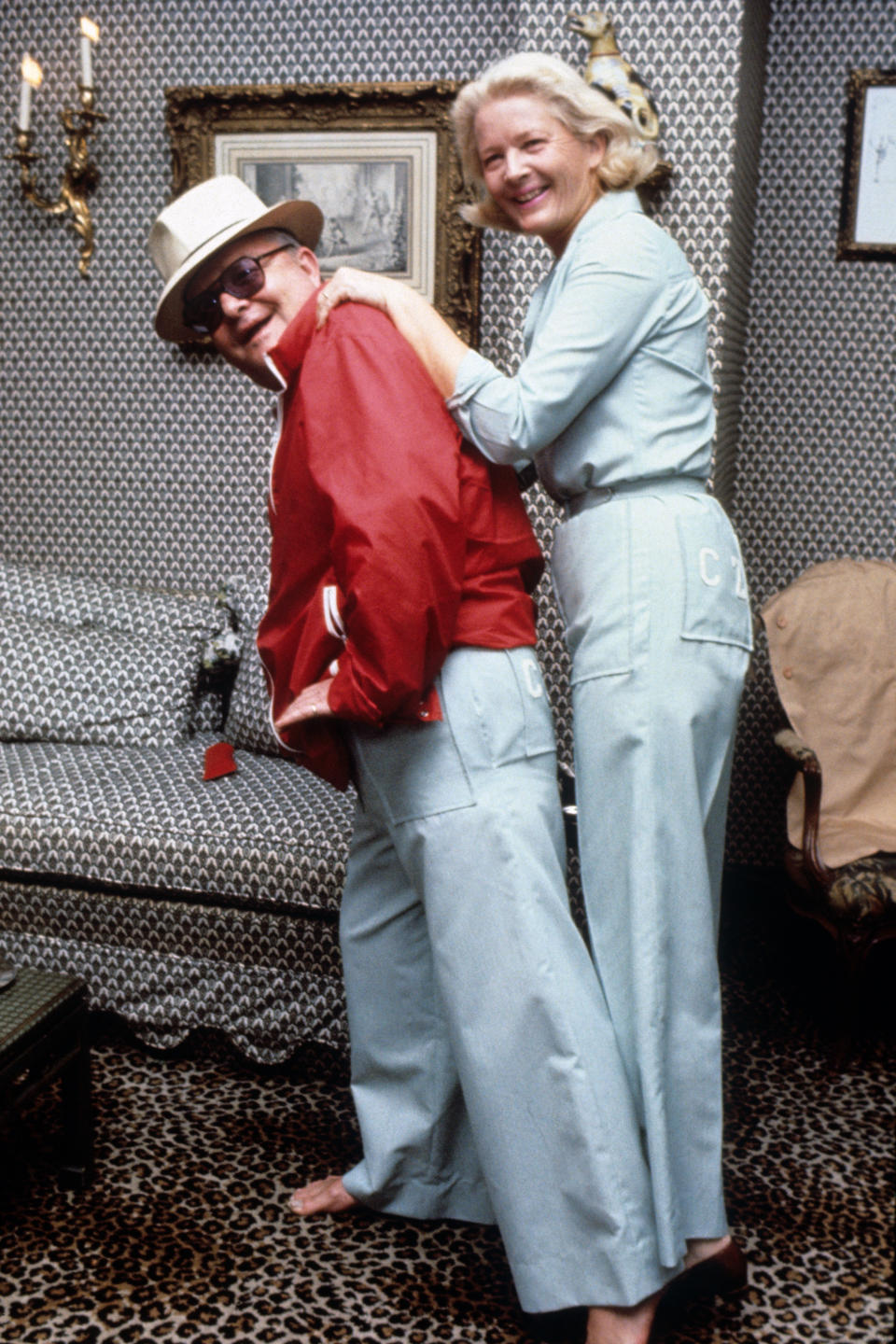
In the 1990’s, C. Z. Guest came out with a line of bug repellant, C. Z.’s Bug Spray, cheerfully naming herself “the Estée Lauder of the garden world.” In 2003, C. Z. passed away after a battle with ovarian cancer, leaving behind a legacy that’s felt from designers like Ralph Lauren today.
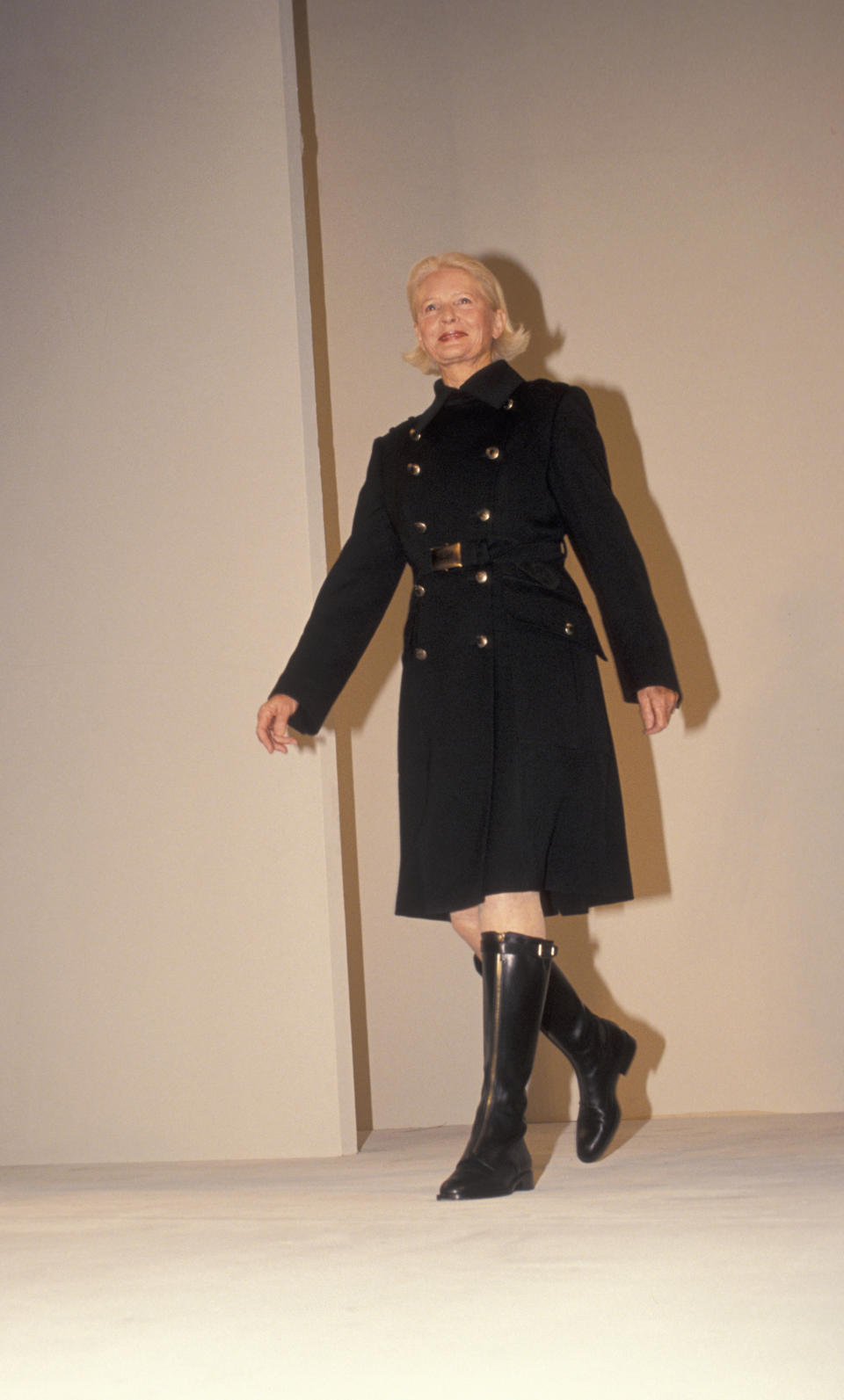
Why Trust WWD
Since 1910, WWD — often referred to as “the fashion bible” — has been the leading industry voice of authority for senior executives in the global women’s and men’s fashion, retail and beauty communities, while also informing the consumer media that cover the market. Today, WWD’s breaking news and trend coverage continues to be a trustworthy resource for both fashion insiders and consumers alike. Our shopping editors continue to uphold WWD’s editorial standards and values with quality, expert-backed product selections. Learn more about us here.
Meet the Author
Fernando Snellings is a freelance contributing writer for Women’s Wear Daily and Footwear News.
Sign up for WWD's Newsletter. For the latest news, follow us on Twitter, Facebook, and Instagram.

